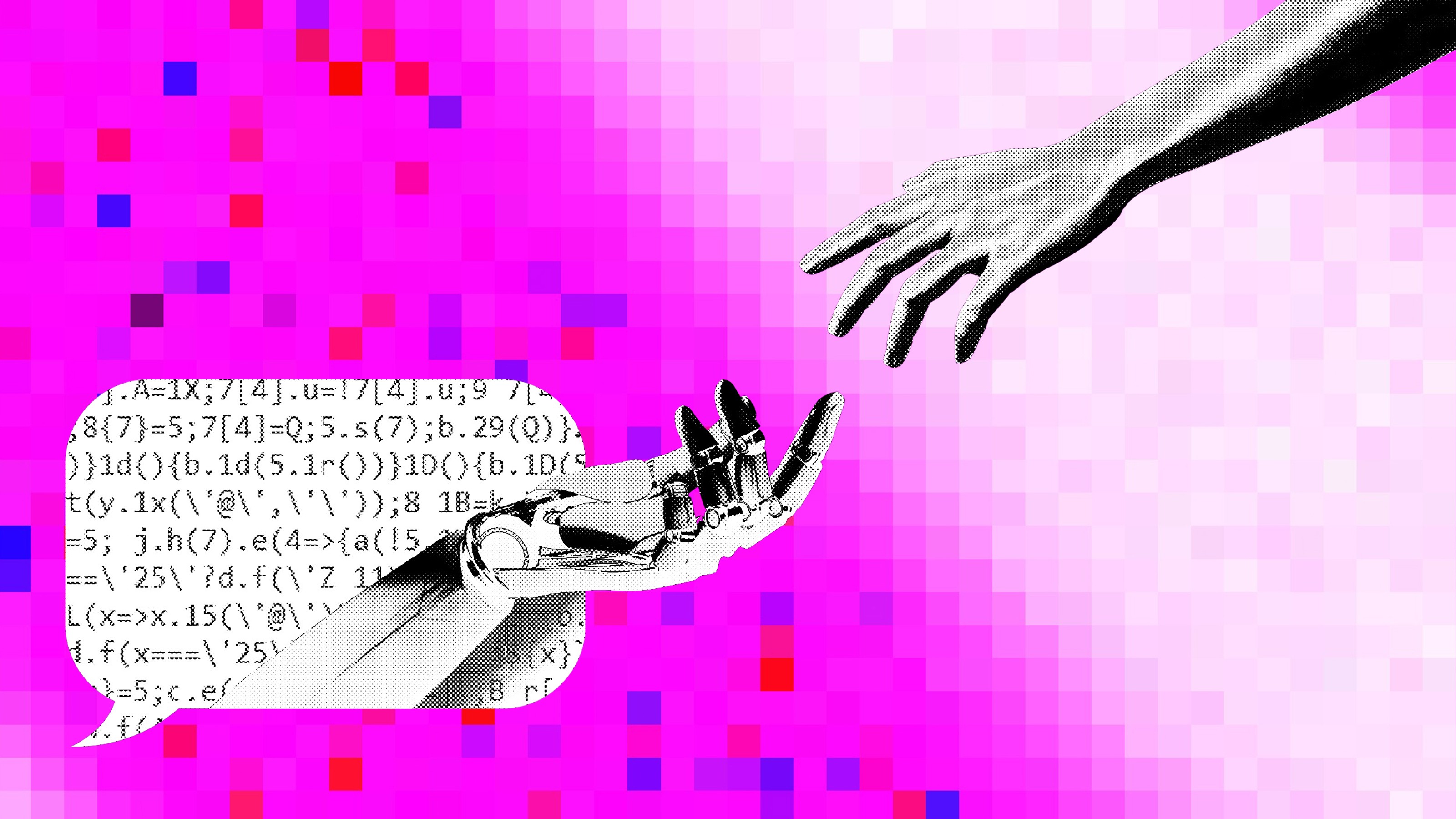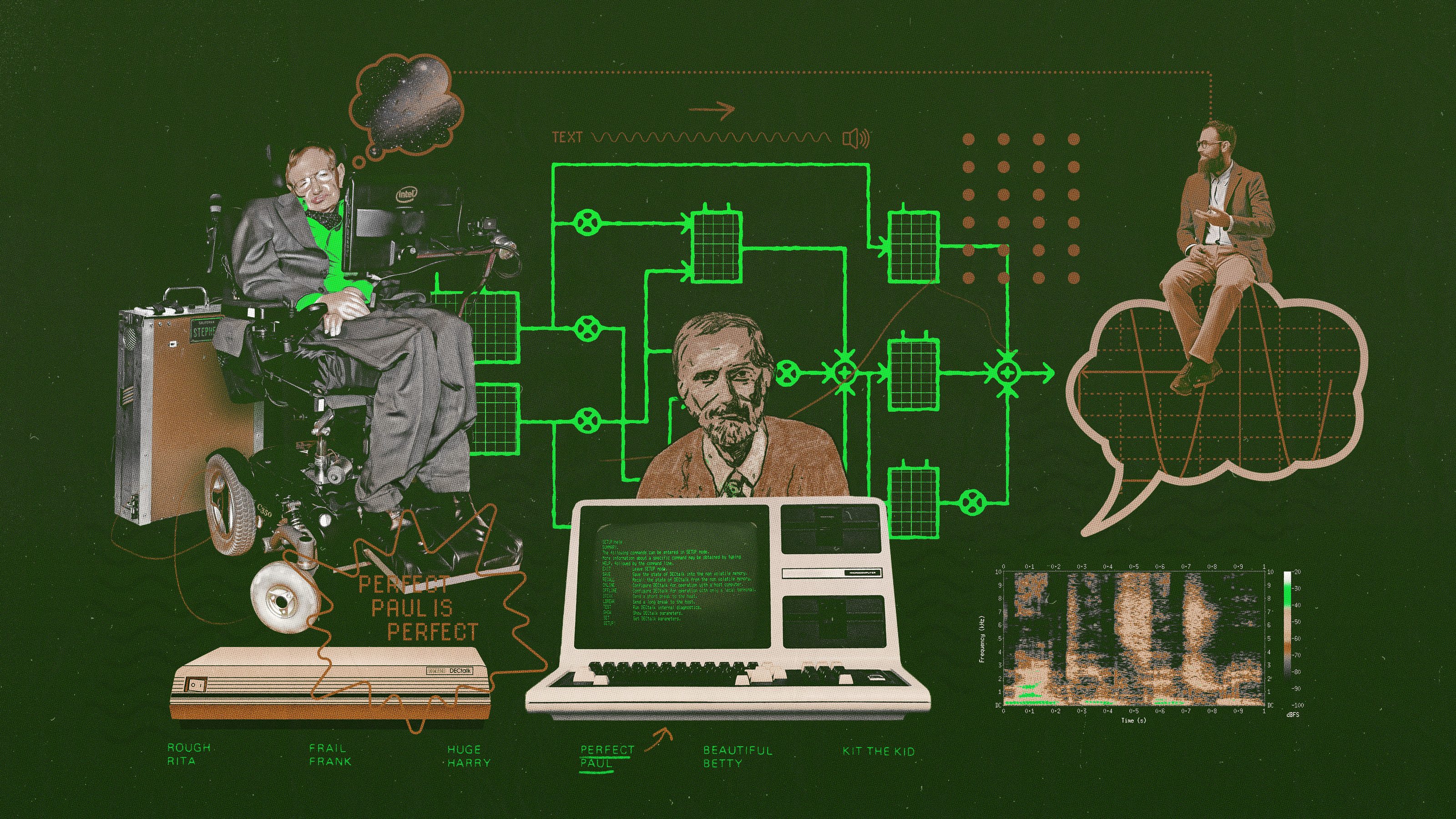Got science questions? Skype A Scientist can help

Credit: SUPERMAO/Shutterstock
- A non-profit dedicated to science communication has made a splash during COVID, offering video calls with science experts.
- Interested groups can fill out a form requesting particular topics.
- Individuals can also participate in events both online and in person.
It is no secret that there is a lot of anti-intellectualism these days. Lots of people are increasingly distrustful of scientists, rejecting the scientific consensuses they disagree with, and holding a negative view of experts in general.
In an attempt to reverse this tide, Dr. Sarah McAnulty, an assistant professor at the University of Connecticut and an expert on cephalopods, founded Skype a Scientist, a non-profit designed to put people in contact with scientific experts on a variety of topics.
Skype a Scientist allows groups to schedule video call chats with scientists. Individuals can also participate in events with featured speakers. More than 11,000 scientists have signed up to work with the organization, and more than 14,000 Skype calls have been made. The operation is financed by a dedicated group of Patreon donors alongside the Kavli Foundation.
Scientists who sign up to work with the program are placed with their engagement using an algorithm that includes factors such as time zone differences, needed areas of expertise, demographic information, and languages spoken; 14 languages are now available, including American Sign Language.
The most frequent connections are between scientists and students in the classroom. A typical call with an elementary school featuring microbiologist Dr. Nichole Broderick is described in UCONN magazine:
“The first thing she showed them was a large, stuffed fruit fly. This impressed them. Then she flashed test tubes full of living flies. Fascination ensued, for she was obviously no ordinary person but rather someone with a deep grasp of what was important in life: stuffed animals and bugs. Later she told them she was a microbiologist who studied the germs living in the flies’ stomachs. That was when the questions started.
“Where did you grow up?”
“Why do moths eat clothes?”
“Do aliens really exist?”
The teacher of these kindergartners says she has never seen them as engaged as this, when they got to Skype a scientist.”
The organization’s fundamental goal is “to make science accessible and fun through personal connections with scientists.” That personal connection is essential. Many popular representations of scientists tend towards the image of an old, white guy who doesn’t socialize well. This isn’t terribly accurate and, perhaps more importantly, can both turn people who don’t fit that description away from science and discourage people from trying to engage with scientists at all. By organizing these meetings, Skype a Scientist takes the image of the scientist out of the ivory tower and into the real world.
Another of the program’s many goals is to break down stereotypes of scientists. To remedy the mentioned stereotypes, classroom demographic information is used to help pair scientists and participants to provide meaningful representation.
As Dr.McAnulty explained to Forbes:
“We also try to match our scientists and classrooms based on whether the classroom has over 50% of any under-represented minority in science; we then match them with a scientist from that same group so that we can make the most of these connections. For students, seeing themselves represented in science is really important for them to realize that science is a place for them. We try to do our best to make as many people feel welcome in science as possible.”
The organization’s focus has been on classrooms, but they have recently begun to cater to smaller groups. In-person events have also taken place in Connecticut.
As public trust in science and scientists declines, we all pay the price. Programs like Skype a Scientist can help increase the public’s understanding of what science is, who is doing it, and if its something they want to look further into. While chatting with scientists about their work might not fix anything overnight, it can remind us that scientists are people like us who work to make the world a cooler, more knowledgeable place.





